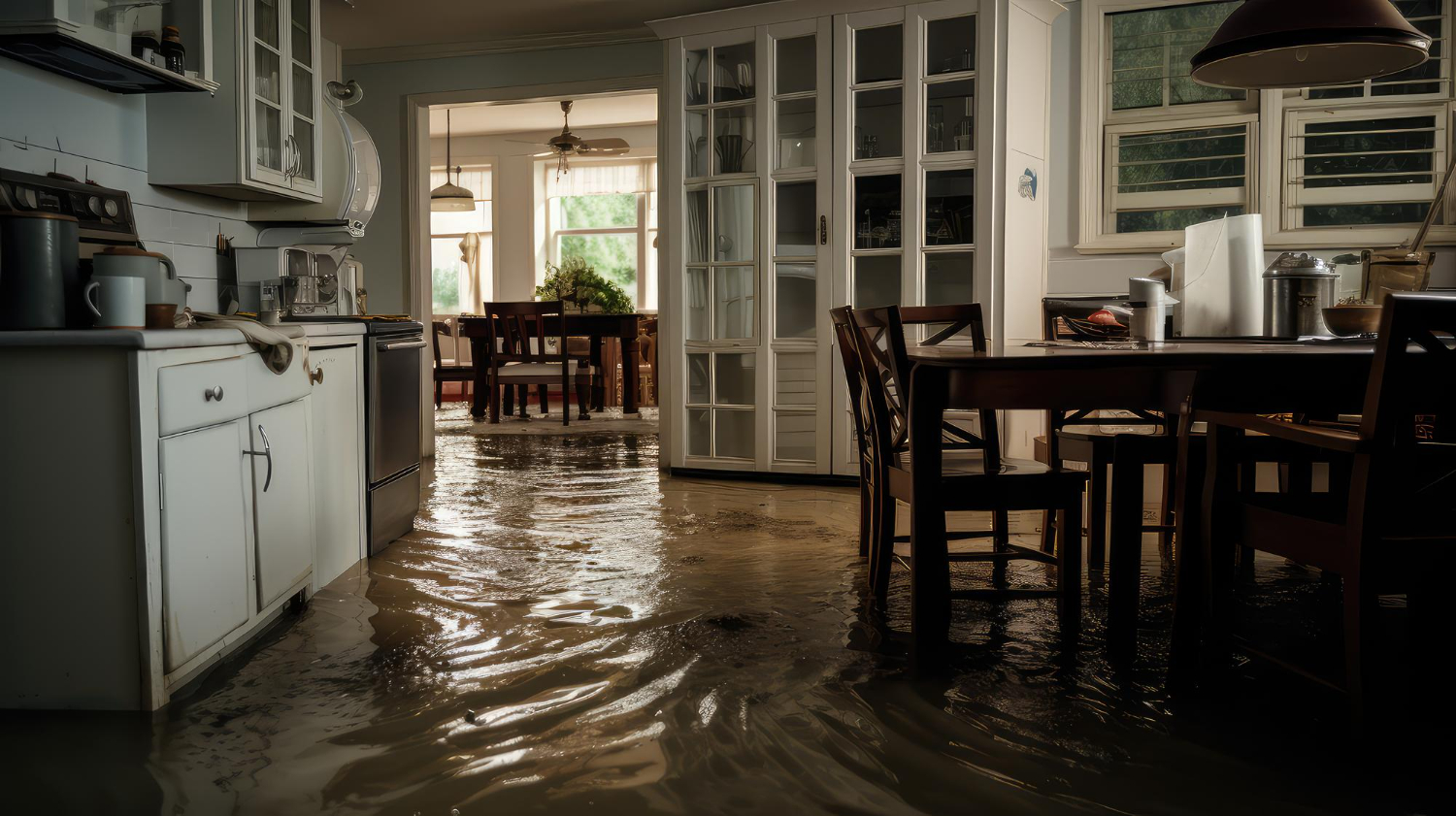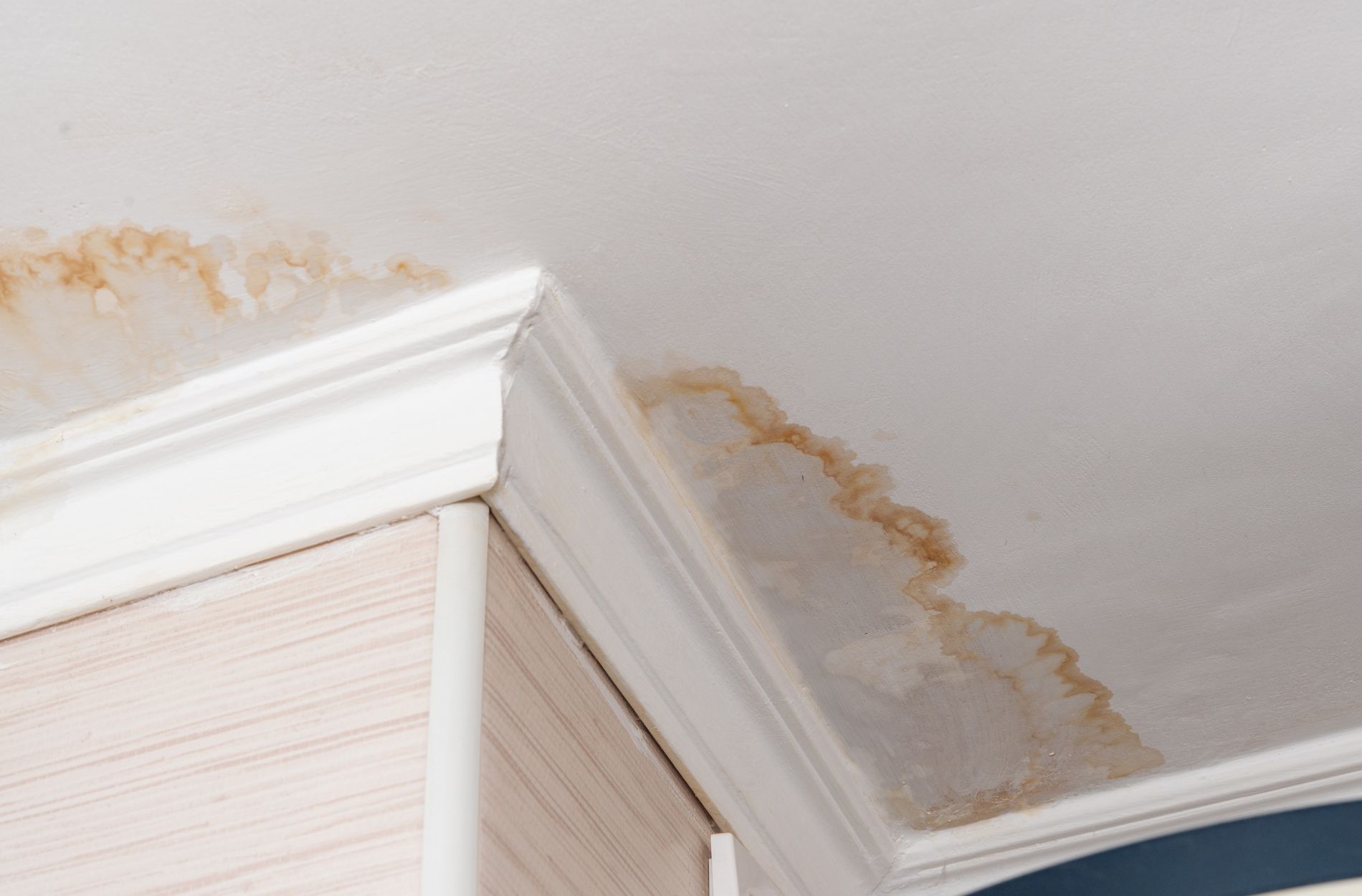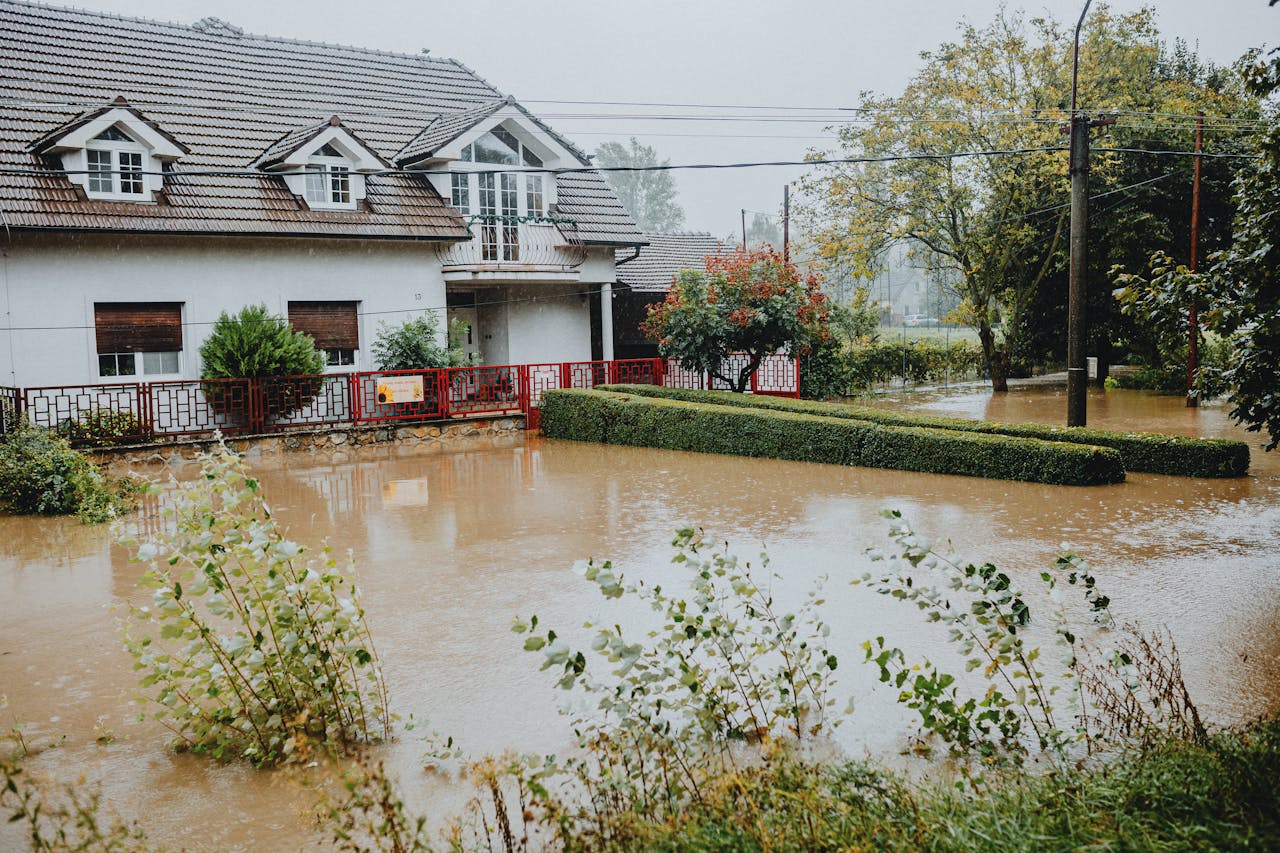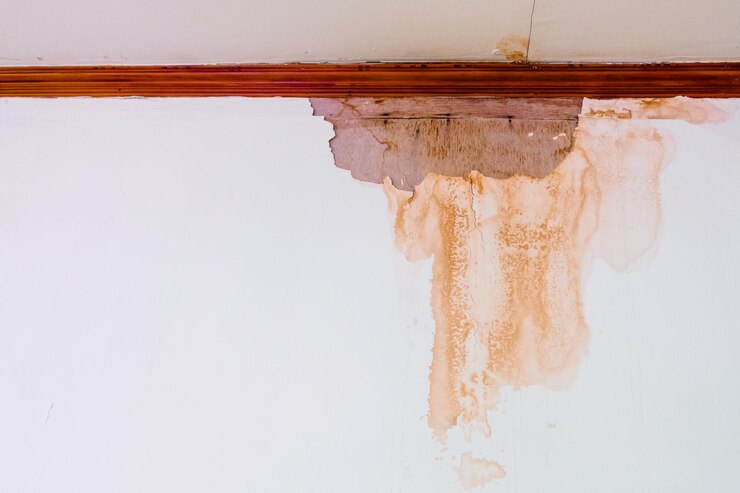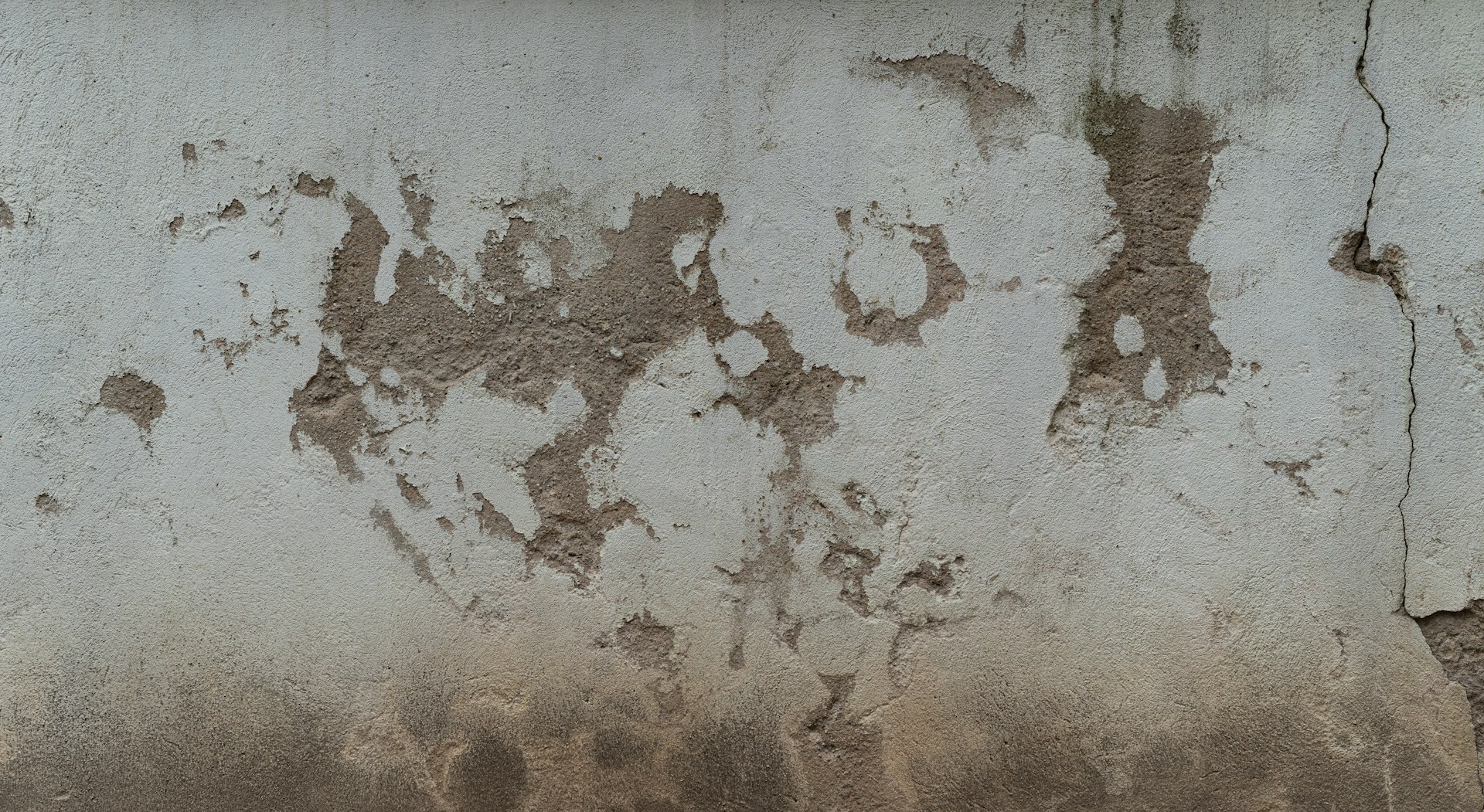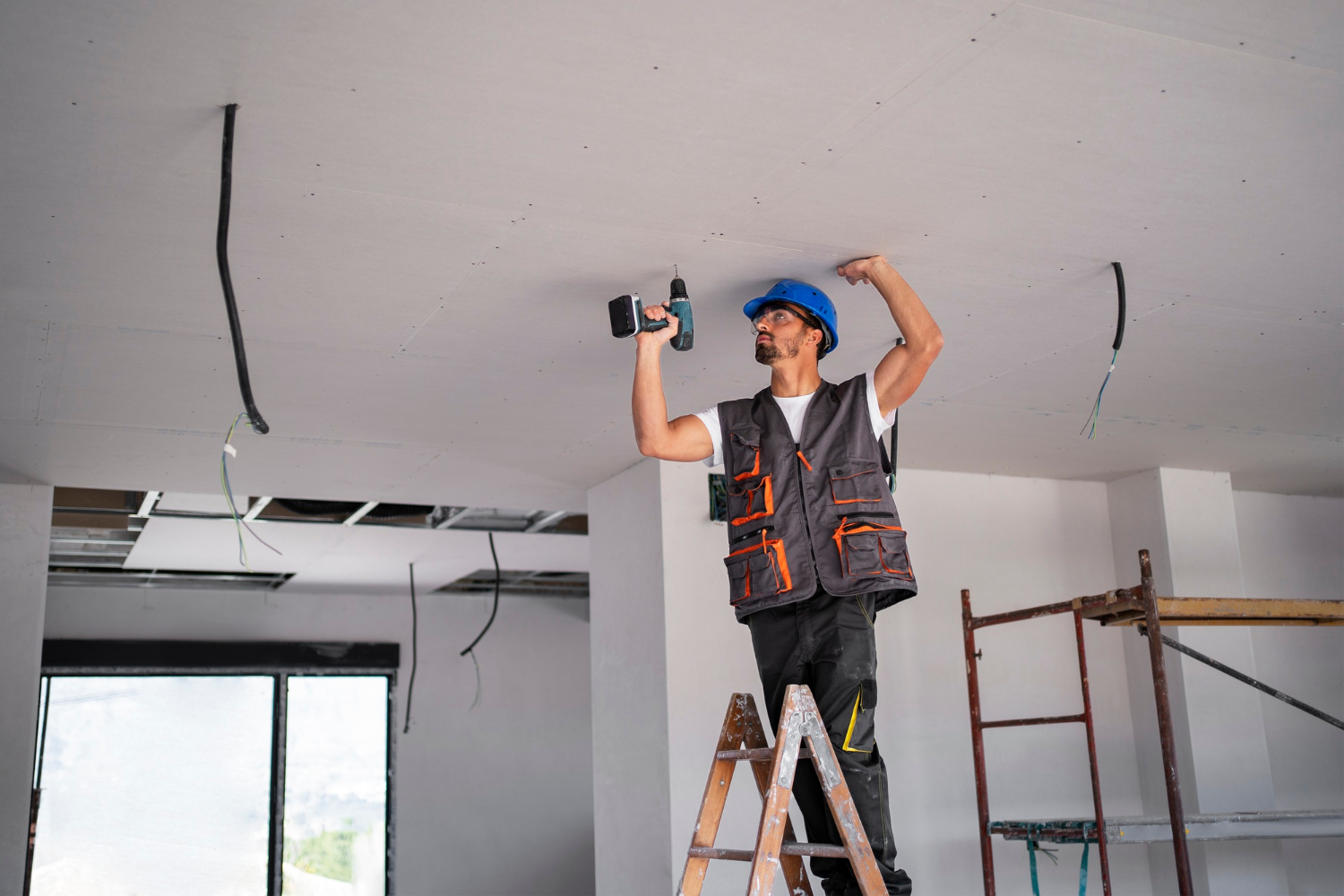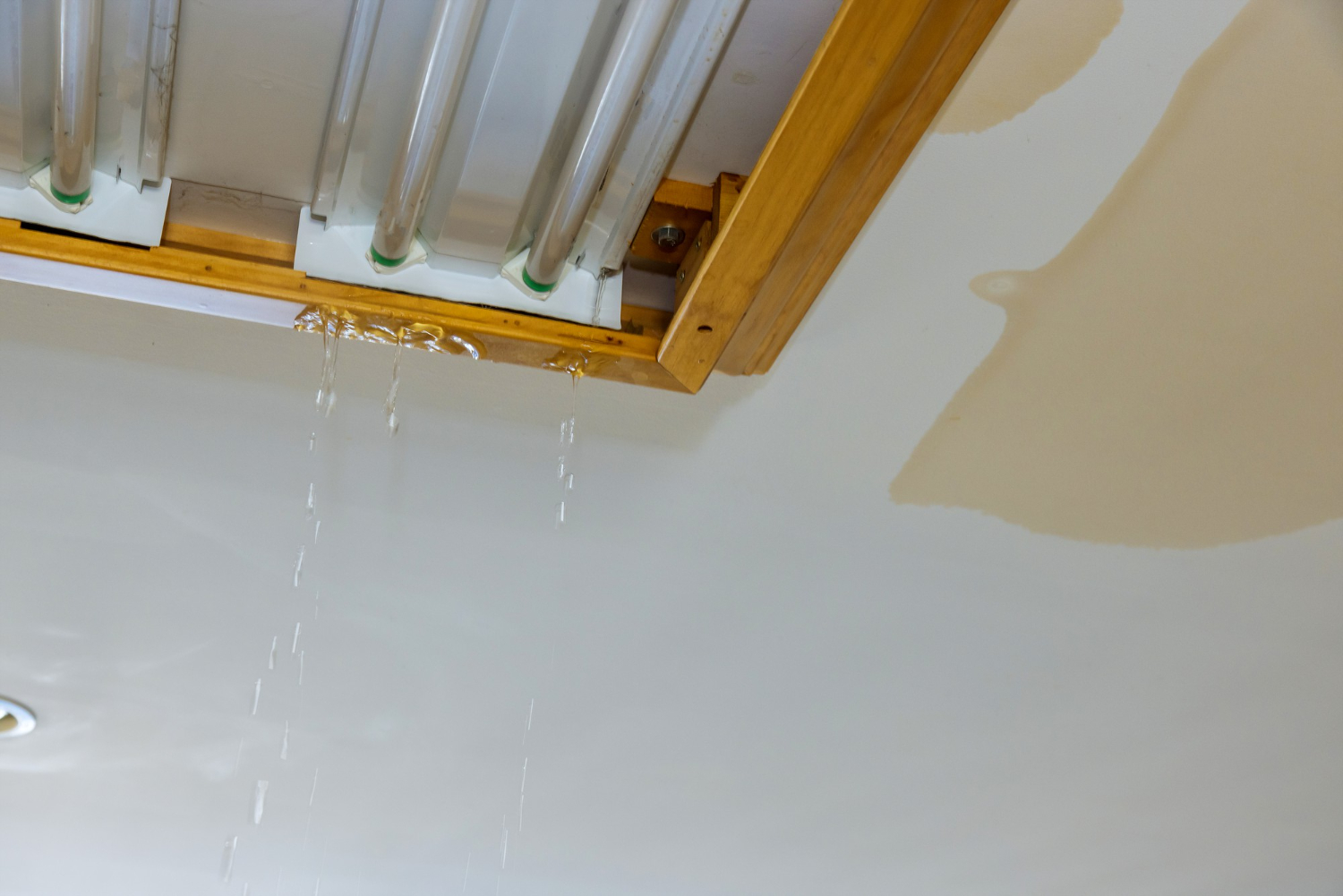Water damage can leave a lasting impact on your home, from structural issues to potential health hazards. Ensuring your home is safe after such an event requires careful attention and thorough inspections. Every corner of your house must be checked to prevent any further damage or health risks. Quick action not only mitigates immediate damage but also protects your home from future problems.
Assessing your home’s structural integrity is the first crucial step in the post-water damage phase. Walls, ceilings, and floors may have absorbed water, weakening the overall structure. Windows and doors can also suffer damage, affecting their functionality and security. Electrical systems, if compromised, pose a risk of fires or electrical shocks, making their inspection non-negotiable.
Beyond structural concerns, water damage can also degrade the air quality in your home, leading to mold growth and other contaminants. Using dehumidifiers and proper ventilation can help restore air quality. However, professional air quality testing may be necessary to ensure that the environment is safe for occupants. In this guide, we’ll walk you through essential precautions and actions to take after water damage to secure your home effectively.
Inspecting Your Home for Structural Damage
Checking Walls, Ceilings, and Floors
After experiencing water damage, the first step is to check the walls, ceilings, and floors for signs of weakening or warping. Look for cracks, peeling paint, or swollen surfaces that indicate moisture absorption. Use a flashlight to inspect the corners and edges, as these areas are more prone to damage. Press gently on these surfaces to see if they feel spongy or soft, which could signal underlying water damage.
Examining Windows and Doors
Water can easily infiltrate through windows and doors, causing damage to the frames and reducing their effectiveness. Check for swelling, warping, or any difficulty in opening or closing them. Look for signs of water stains or discoloration around the edges, as these are indicators of leakage. Ensure that all seals and weather stripping are intact to prevent future water from seeping in.
Inspecting Electrical Systems
Water and electricity do not mix, and any compromised electrical system can pose significant hazards. Turn off the power supply before inspecting electrical outlets, switches, and wiring that may have been exposed to water. Look for signs of corrosion, rust, or blackening around these components. If you find any damaged electrical parts, call a qualified electrician to conduct a thorough inspection and make necessary repairs.
Ensuring Air Quality and Mold Prevention
Using Dehumidifiers and Ventilation
Maintaining proper air quality after water damage is essential for a healthy living environment. Use dehumidifiers to remove excess moisture from the air. Place them in the most affected areas and keep them running continuously until the space feels dry. Open windows and doors to improve cross-ventilation, which aids in drying out damp areas faster. Fans can also help circulate air and speed up the drying process.
Identifying and Removing Mold
Mold can begin growing within 24 to 48 hours of water exposure, so it is crucial to identify and remove it promptly. Look for visible signs of mold, such as black, green, or white patches on surfaces. Mold often emits a musty odor, which can help you locate hidden growth. Once identified, clean small areas of mold using a mixture of water and detergent or mold-specific cleaners. For larger infestations, it is best to call in professional mold remediation services to ensure complete removal.
Air Quality Testing
Even after taking steps to dry out your home and remove mold, it’s important to test the air quality to ensure no harmful pollutants remain. Purchase an air quality testing kit or hire a professional service to conduct a thorough assessment. The test will measure for the presence of mold spores, allergens, and other contaminants that could affect your health. Addressing any lingering air quality issues ensures a safe and healthy environment for everyone living in your home.
Sanitizing Contaminated Areas
Cleaning and Disinfecting Hard Surfaces
After water damage, it’s crucial to clean and disinfect all hard surfaces to remove contaminants. Use water and a mild detergent to clean these surfaces, then follow up with a disinfectant. Pay special attention to frequently touched areas like countertops, doorknobs, and bathroom fixtures. Make sure the cleaning solution you use is safe for the type of material you are cleaning to avoid any additional damage.
Safe Disposal of Contaminated Materials
Some items may be too damaged or contaminated to save. Dispose of any porous materials, such as carpets, rugs, and upholstered furniture, if they cannot be thoroughly cleaned and dried. Bag these items securely and dispose of them according to local regulations. Proper disposal prevents the spread of contaminants and helps ensure the safety and cleanliness of your home.
Sanitizing Personal Belongings
Personal belongings, including clothing, toys, and documents, can often be sanitized and saved. Wash clothing and fabrics in hot water with a disinfectant laundry detergent. For items like toys or household goods, clean them using soap and water, followed by a disinfectant wipe or spray. Documents and photos can be air-dried but should be kept out of humid environments to prevent mold growth.
Implementing Future Water Damage Prevention Measures
Regular Maintenance and Repairs
To prevent future water damage, regular home maintenance is essential. Inspect your roof, gutters, and downspouts regularly to ensure they are in good condition and free from debris. Check your plumbing for any signs of leaks or corrosion and repair issues promptly. Keeping your home well-maintained helps prevent many common causes of water damage.
Installing Water Detectors and Sump Pumps
Technological solutions like water detectors and sump pumps can provide an added layer of protection against water damage. Water detectors alert you as soon as they sense moisture, allowing you to act quickly. Sump pumps can remove accumulated water in basements or other areas prone to flooding. Installing these devices provides peace of mind and an effective way to manage unexpected water issues.
Creating an Emergency Plan and Kit
Preparation is key to handling any emergency. Create an emergency plan that includes what to do in case of water damage, such as how to shut off the main water valve and who to contact for help. Assemble an emergency kit with essentials like a flashlight, batteries, first aid supplies, and important documents in waterproof containers. Being prepared helps you respond efficiently and minimizes damage.
Conclusion
Taking the right steps after experiencing water damage is crucial to restoring your home and ensuring it remains safe for your family. From inspecting structural elements to ensuring air quality and sanitizing affected areas, every action you take helps mitigate damage and prevent future issues. Implementing preventative measures also provides long-term protection against water-related disasters.
All Around Home Solutions is here to assist you with all your water damage home restoration needs. Our expert team can help you get your home back to its original condition quickly and efficiently. Don’t wait until it’s too late—contact All Around Home Solutions today to safeguard your home and peace of mind.

